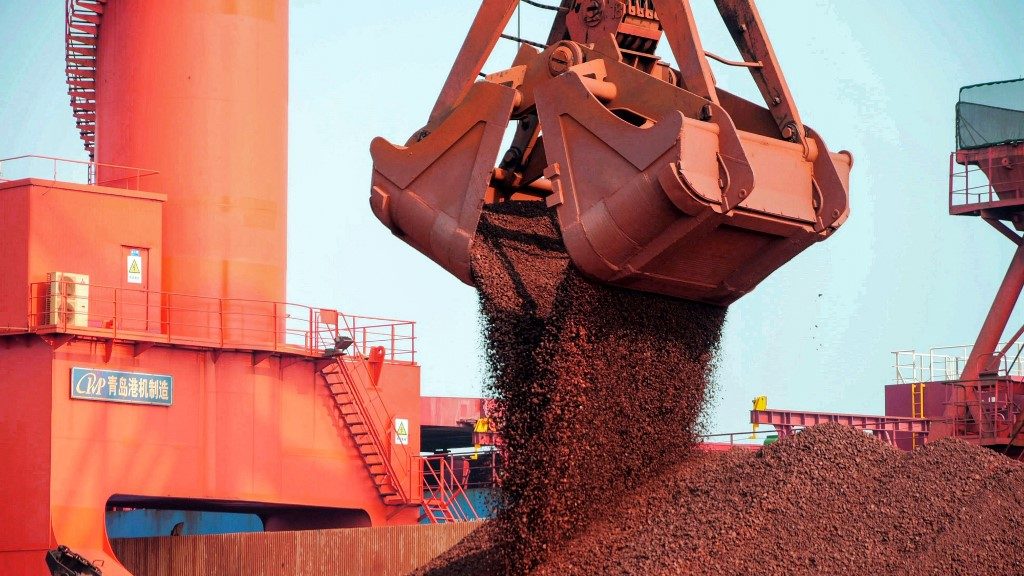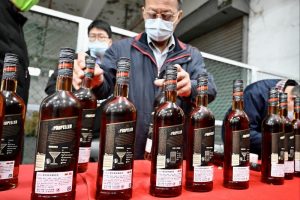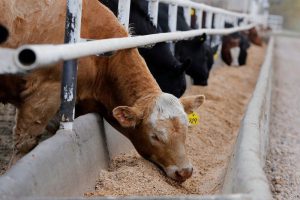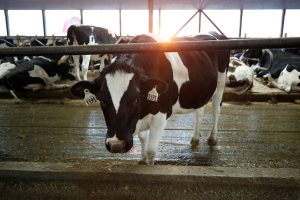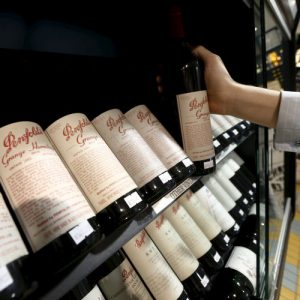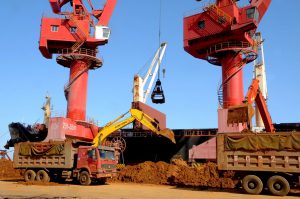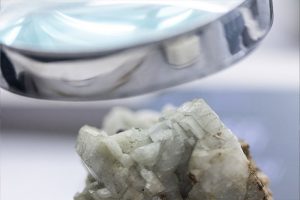(ATF) Growing disagreement between Australia and China continues to escalate as Beijing seeks to punish the country for what it deems unacceptable diplomatic moves, while Australia scrambles to keep its export dependent economy on a firm footing.
Tensions began more than two years ago after Canberra accused Beijing of meddling in its domestic affairs, and worsened in April when Prime Minister Scott Morrison called for an independent World Health Organisation probe over the origins of the coronavirus.
Last Friday China’s powerful National Development Reform Commission (NDRC) relayed a verbal warning to Chinese cotton processors and mills that they will have their import quotas cut next year if they continue to import Australian cotton – a move that seemingly caught Australia by surprise.
Australian Trade Minister Simon Birmingham, for his part, fired back the same day, demanding that Beijing rule out any “discriminatory actions” against cotton producers, while Canberra was seeking clarification over the issue.
Cotton Australia, an industry trade group, called the move “a dangerous political stunt that attacks regional Australia.” China buys around 65% of Australia’s cotton exports annually, representing around A$900 million (US$637 million) over the 2018-2019 crop season.
The controversial move came just a few days after Beijing told state-owned steel producers and power stations to stop importing Australian thermal and coking coal, a move that could cost the country as much as A$15 billion ($10.6 billion) a year in lost revenue.
Beijing has also slapped a 80.5% punitive tariff on barley exports and last week launched an investigation into Australian wine exports, actions that can be protested at the World Trade Organisation.
However, Beijing’s recent moves against Australian coal and cotton exports signals a strategic shift, a higher (if not disingenuous) level of trade gamesmanship since forcing its companies and sectors to no longer use certain key exports will likely keep the issue outside of WTO involvement and as such deals Canberra an even harder hand to play.
Though Beijing seems to be cherry-picking which Australian exports to target to voice its displeasure over a souring bilateral relationship, there’s one commodity that Beijing has left alone and may never target in the foreseeable future: its Australian iron ore imports.
Hands off iron ore
Iron ore – mostly from mines in the northwest – was the first Australian commodity to crack A$100 billion (US$70.45 billion) in annual export value, according to the Australian Government’s latest Resources Energy Quarterly report.
Australian iron ore exports reached some A$101.7 billion (US$71.65 billion) in the 2019-20 financial year, breaking the previous annual export benchmark of A$77.5 billion (US$54.6 billion), also set by metal in the 2018-19 financial year.
The report also predicted that iron ore would likely remain resilient during the Covid-19 led economic downturn due to a weaker Australian dollar and demand from China.
Iron ore remains Australia’s top export ranked by value, followed by coal, and liquefied natural gas (LNG).
However, that’s the intersect were things could get even more interesting. China, the world’s largest iron ore importer, and Australia, the world’s largest iron ore exporter, need each other. It’s a symbiotic relationship that could be hard to pull apart.
In 2019, China accounted for 82% of Australia’s iron ore exports. Moreover, this year resource and iron ore exports have helped Australia’s economy rebound from economic headwinds due to the coronavirus.
Conversely, China also needs Australian iron ore to help fuel its industry. Last year, Australian iron ore made up a massive 62% of China’s total iron ore imports, followed by Brazil with a 21% share, according to commodities data provider S&P Global Platts.
Insatiable steel demand
So-called seaborne iron ore prices have also reached a six-year high due to China’s insatiable steel demand amid the Covid-19 pandemic as well as slow recovery in steel production in many producer countries, according to a report last month by shipping broker Banchero Costa.
That demand should continue at the same or even higher pace for at least the rest of the year and into early 2021 amid economic expansion. China’s economy recovered further from the impact of the Covid-19 pandemic in the third quarter, according to data released on Monday by the National Bureau of Statistics, up 4.9% from a year ago.
Meanwhile, China may be hard pressed to find alternative supplies from Brazil, South Africa and key other suppliers at least in the short term, making it difficult, but not impossible, to target Australia’s iron ore imports even as it seemingly mows down scores of other sectors.
In May, the China Iron and Steel Association told the Beijing-based Global Times that while China could swap Australian ore for African iron ore, there would be a lag of four to five years before deposits in Africa could be tapped.
Another reason that China may simply be unable to break away from Australian iron ore is that they are usually tied to long-term contracts, Jeffrey Halley, Senior Market Analyst on the Asia Pacific for OANDA, told ATF.
“I expect this situation to last for many years yet as new iron ore mines with the quality of Australia’s ore have multi-year development timelines, in addition to being found! I expect China to try and diversify supplies over the coming years, but will not be able to wean themselves from Australia,” he said.
“Perhaps the bigger message for the international community is that although China wants to be a good global citizen allegedly, they will punish you if you disagree with them. How the international community navigates this over the coming years will be interesting,” he added.
Over the past few years, China has used economic pressure over not only Australia but against the Philippines, against Japan and more recently against South Korea. Tensions headed up last year when the country signed a deal with long-time ally the US to deploy the Terminal High Altitude Area Defense (THAAD), an American anti-missile system, on its territory, a move Beijing considers a serious national security risk.
Up to now, anti-Korean sentiment is still strong among Chinese policymakers and even segments of the populace, which beckons the question: How long and how many trading partners can China afford to offend, isolate or brush off before it does even more irreparable harm to its own diminishing global reputation and as well as economic livelihood?
• By Tim Daiss
This reported was updated on December 28, 2021 for style purposes.
ALSO SEE:
Beijing Seen Waging a Shadow Trade War on Australia
Australia’s unemployment rate edges up to 6.9%




